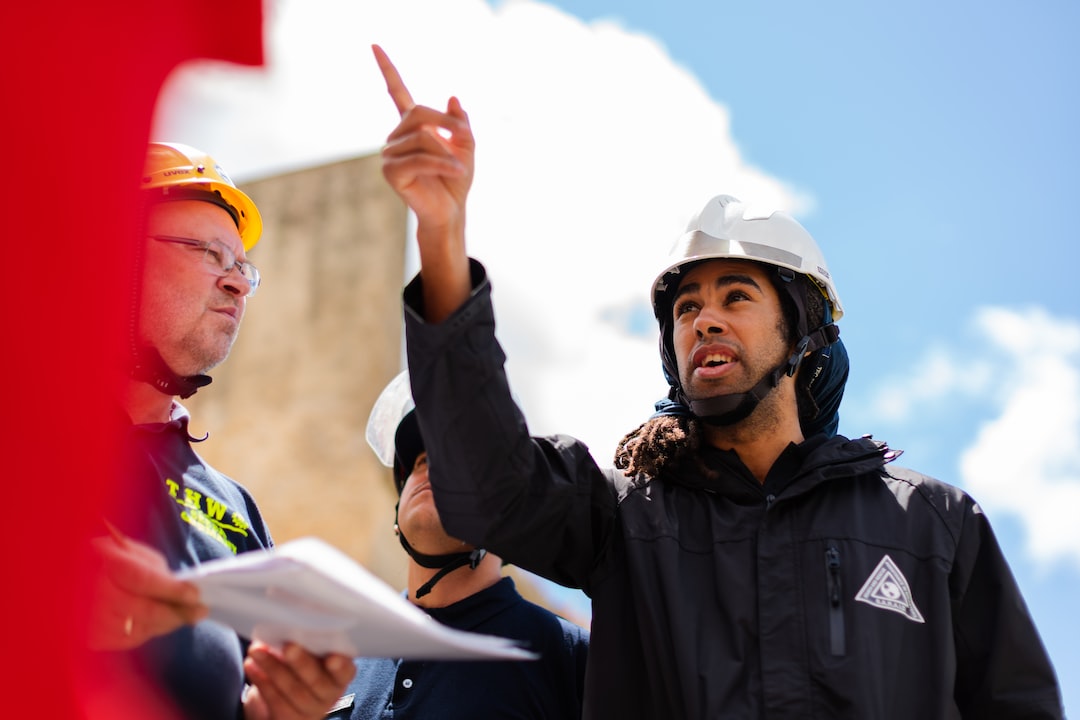Navigating the Skies: A Look into Aerospace Engineering
When we look up at the clear blue sky, we can’t help but wonder about the incredible machines that soar through it, defying gravity and uniting distant parts of the world. The marvels of modern aviation are a result of the meticulous work of aerospace engineers. These individuals play a pivotal role in designing, constructing, and maintaining aircraft and spacecraft. Let’s take an exciting journey and dive deeper into the world of aerospace engineering.
Aerospace engineering is the branch of engineering that focuses on the development and design of aircraft, spacecraft, satellites, and missiles. It encompasses a wide range of areas, including aerodynamics, propulsion, structures, systems integration, and materials science. This multidisciplinary field combines knowledge from physics, mathematics, computer science, and materials engineering to create vehicles that break through the boundaries of the sky.
Aerodynamics is at the heart of aerospace engineering. It deals with the study of how air flows around an object, such as an aircraft or a missile, and the forces that act upon it as a result. By understanding these dynamics, engineers can optimize the design of the vehicles to achieve stability, maneuverability, and efficiency. They employ computational fluid dynamics simulations, wind tunnel testing, and mathematical modeling to analyze and improve the aerodynamic characteristics of their creations.
Propulsion systems are another vital component of aerospace engineering. They provide the power necessary to overcome the forces of gravity and enable flight. From the roaring jet engines of commercial airliners to the blazing rocket engines of spacecraft, propulsion systems are designed to generate immense amounts of thrust efficiently. Engineers work on optimizing engines, developing new fuel-efficient systems, and ensuring safety by conducting extensive testing and analysis.
Structural engineering ensures the robustness and rigidity of aerospace vehicles. The stresses and loads experienced during flight can be immense, so aerospace engineers must design structures that can withstand these forces. Materials with high strength-to-weight ratio, such as carbon fiber composites and titanium alloys, are widely used to ensure maximum durability without sacrificing weight constraints. Engineers evaluate the structural integrity using computer simulations and conduct strength tests to guarantee the safety of all components.
Systems integration plays a crucial role in aerospace engineering as well. This field focuses on seamlessly integrating various subsystems, such as avionics, electrical systems, and mechanical systems, into a cohesive whole. The goal is to create a reliable and efficient system that can perform complex operations with precision. Engineers need to ensure that all subsystems communicate effectively, are compatible with each other, and function flawlessly under a range of conditions.
In addition to these fundamental areas, aerospace engineers also contribute to fields such as space exploration, satellite technology, and unmanned aerial vehicles (UAVs). These advancements are revolutionizing the aerospace industry and expanding the horizons of human knowledge.
As technology continues to advance, aerospace engineering will play an increasingly critical role in shaping the future of air travel and beyond. From supersonic planes to reusable space shuttles, the possibilities are limitless. It is an exciting time to be an aerospace engineer and to witness the wonders of flight unfold before our eyes.
In conclusion, aerospace engineering merges science, technology, and innovation to create the remarkable flying machines we see in the skies today. By examining the principles of aerodynamics, propulsion, structures, and systems integration, aerospace engineers navigate the challenges of designing and building sophisticated aircraft or spacecraft. They are instrumental in shaping the future of aviation and space exploration, allowing humanity to soar to new heights. The next time you look up and see an airplane gliding through the clouds, remember the incredible minds that made it all possible.

